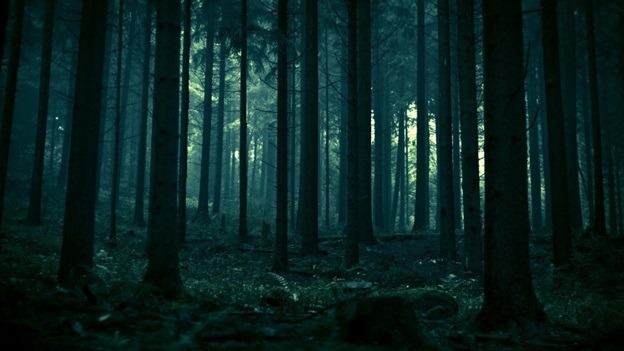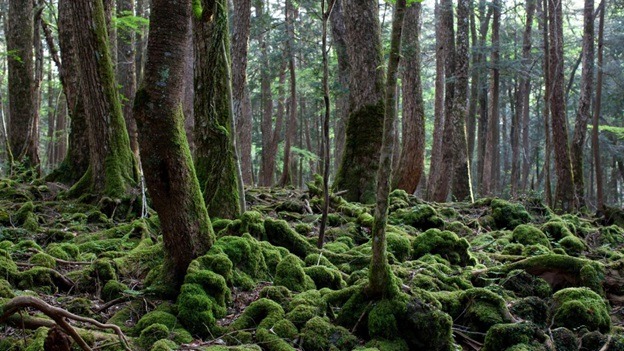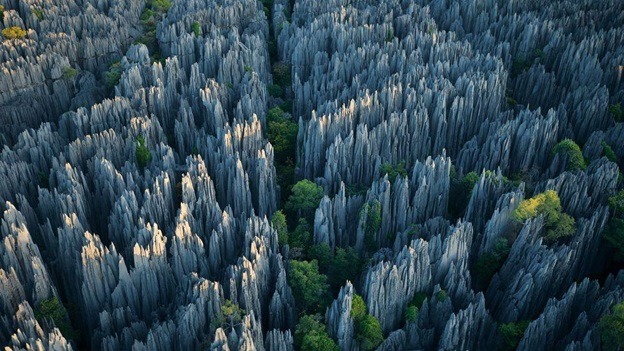Safety doesn’t rank at the top of the list of words associated with the wilderness. Nature in its primordial form is not particularly forgiving, and forests are some of the places where the primal still reins. At the same time, forests are the getaways that allow us to restore our sometimes thinning relationships with nature. They are neither innately dangerous nor safe. The overwhelming majority of trips to forests end safely, even if not without an inconvenience or two. At the same time, all forests turn into dangerous places as soon as one gets lost. Having a set of survival gear packed at all times when you visit the wilderness is a habit that can one day save your life. However, some places are better avoided even by experienced outdoor enthusiasts.
What Makes a Forest Dangerous?
To draw up a tier list of the most dangerous forests, we needed to figure out the entrance principle. Literally any forest with predators and poisonous mushrooms may pose danger. And yet, this is not the list of all forests around the world. We needed forests where chances of facing danger were higher than usual, be it due to natural causes or human factors. If you google the most dangerous forests in the world and look through a few articles, you’ll notice that half of the forests are mentioned because they’re reportedly haunted. That, while undoubtedly mysterious and thrilling, is hard to consider a valid reason. Dark shadows and creepy sounds are attributes of every night forest, and people can get lost without any ghosts trying to snatch their souls.
All the forests mentioned further were chosen because of one of the following reasons: landscape, fauna, human factor, and the number of dead bodies found annually. While the first three count as reasons for being dangerous, the last one simply states the fact. We don’t claim these criteria to be the most optimal ones. But if the forest is notorious for the number of people who died there, for whatever reasons, it might be reasonable to keep your distance from it. We are not relying on speculations, rumors, and tall tales – only reports and common sense.
Amazon Rainforest, South America
The Amazon rainforest is the largest and most famous forest on the planet. The region comprises more than half of the rainforests left and boasts biodiversity not seen anywhere else. The forest covers a territory of more than 2 million square miles belonging to nine countries. Its unparalleled flora and fauna are the main reason it tops the lists of the most beautiful forests on Earth. Ironically, it’s considered dangerous for the same reasons.
An inexperienced adventurer would hardly choose Amazonia as their destination, and seasoned outdoorsmen are less prone to finding themselves in danger. In addition to that, most jungle hikes are carried out on maintained trials where dangerous animals prefer not to go.
With that being said, the means by which the forest can harm you are still too numerous not to pay attention. We are not going to scare you with stories of green anacondas swallowing people alive or piranhas gathering in schools to devour kayakers. There are other sources of danger, less cinematic and more frequent.
The main danger of the Amazon rainforest is not being eaten alive, torn into pieces, or poised with paralyzing venom. It’s getting infected. The countless insects that call Amazonia their home are vectors for many diseases. One bite of the notorious mosquito can cause malaria or yellow fever, and you want neither. Tourists are encouraged to take all preventive measures possible, beginning with vaccines to mosquito repellants and creams.
The second animal group to fear is venomous creatures, like giant centipedes and wandering spiders. While humans are not their natural enemies and are too big to become prey, these animals can sting and bite when feeling threatened. It is sometimes hard to predict what an animal might perceive as a threat, and cases of people being stung or bitten by them are not unheard of. Though their poison is not deadly, it will put you in severe pain and can leave a permanent mark on your health if left untreated.
You might have heard of poison dart frogs living in the Amazon rainforests. While their poison is indeed one of the deadliest, there is no way they can deliver it into your bloodstream. It was used by indigenous tribes to cover their hunting gear, arrow- and spearheads in particular. Unless you eat or lick one, there is no way a frog can hurt you.
Aokigahara Forest, Japan
Aokigahara forest rests at the foot of Mt. Fiji, humbly occupying 12 square miles. Known as the Sea of Trees because of the high tree density, it could have been a great place for quiet getaways. But the reason why people speak about this forest is more somber. Its English nickname, Suicide Forests, clearly illustrates it.
At the beginning of the article, we mentioned that we were not going to consider rumors and superstitions valid reasons to include forests on the list. We are still loyal to that principle. We acknowledge that people who decided to end their lives there made this decision before they arrived in the forest. It’s just a place, not a driving force. With that being said, every person who visits the forest is aware of its notoriety. Though not deprived of wildlife, the forest is reported to be quieter than usual ones. Porous sound-absorbing lava rocks scattered across the forest are one of the explanations. The resulting silence, together with the forest history looming over you, amplifies the feeling of solitude, which might play unpleasant tricks on you.
The local administration has long ceased publishing the numbers of bodies found to break the association of this forest with suicides. There is no information on whether this measure proved effective or not. What is known is that every year, a group of police officers, volunteers, and journalists sweeps the forest looking for bodies.
The bottom line is that visiting Aokigahara Forest might be challenging for your mental health. In all other regards, this is a regular forest, no more or less dangerous than the others. It is the safest forest on the list when it comes to physical safety. Yet, there is a chance you may come across a person who took their own life, still hanging from a tree. You won’t be able to unsee it, and we are sure this is not the kind of experience people need to go through.
Sambisa Forest, Nigeria
The Sambisa forest in Nigeria deserves the title of the most dangerous forest in the world. Such dubious success is possible not because of dangerous animals or spooky stories but very alive and hostile humans. The territory has been under the control of armed terrorist groups since 2013. It had been controlled by the Boko Haram jihadist group for almost 8 years before it was claimed by ISWAP in 2021. The prolonged activity of the terrorist formations took its toll on biodiversity and led to the gradual disappearance of animals.
This forest is a common venue for clashes between Nigerian military forces and extremist factions. Many people were kidnapped and held captive in this forest. The area is in never-ending turmoil, so it is no surprise that it is off-limits for regular people. It’s not a tourist attraction, so the chances of someone accidentally appearing there are close to zero, but this fact doesn’t make it a safer place.
The following two forests are popular tourist attractions, so calling them dangerous would be an overstatement. Nonetheless, we know that accidents happen all the time, in some places more often than in others. We don’t discourage you from visiting them but suggest being extra careful instead.
Jog Falls Forest, India
The forest surrounding magnificent Jog Falls is only dangerous because it’s poorly explored. In contrast to what other similar articles say, it isn’t restricted to the public. The only period when the entry is banned is during the monsoon season since the weather can be unforgiving. Plenty of Tripadvisor posts will prove that the trip to Jog Falls is perfectly safe, given you stay within the premises of the complex. Should your curiosity prevail, there is nothing distinctly life-threatening. The forest lacks clearly defined paths and is very dense, and you might come across unexplored caves.
Tsingy Forest, Madagascar
Tsingy Nature Reserve was listed as a UNESCO World Heritage Site in 1990, and dangerous places don’t typically get that. The reserve is no exception, though if you plan to explore its northern part, you’ll have to be extra careful. Tsingy Forest consists of needle-shaped limestone formations that appeared around 200 million years ago. With nature being its organic grindstone, the Forest of Knives is unlike any other forest on the list. Since one can only truly appreciate the beauty from above, many tourist climbing paths have been established. But rocks are nonetheless quite sharp, so dropping and falling are highly discouraged.







